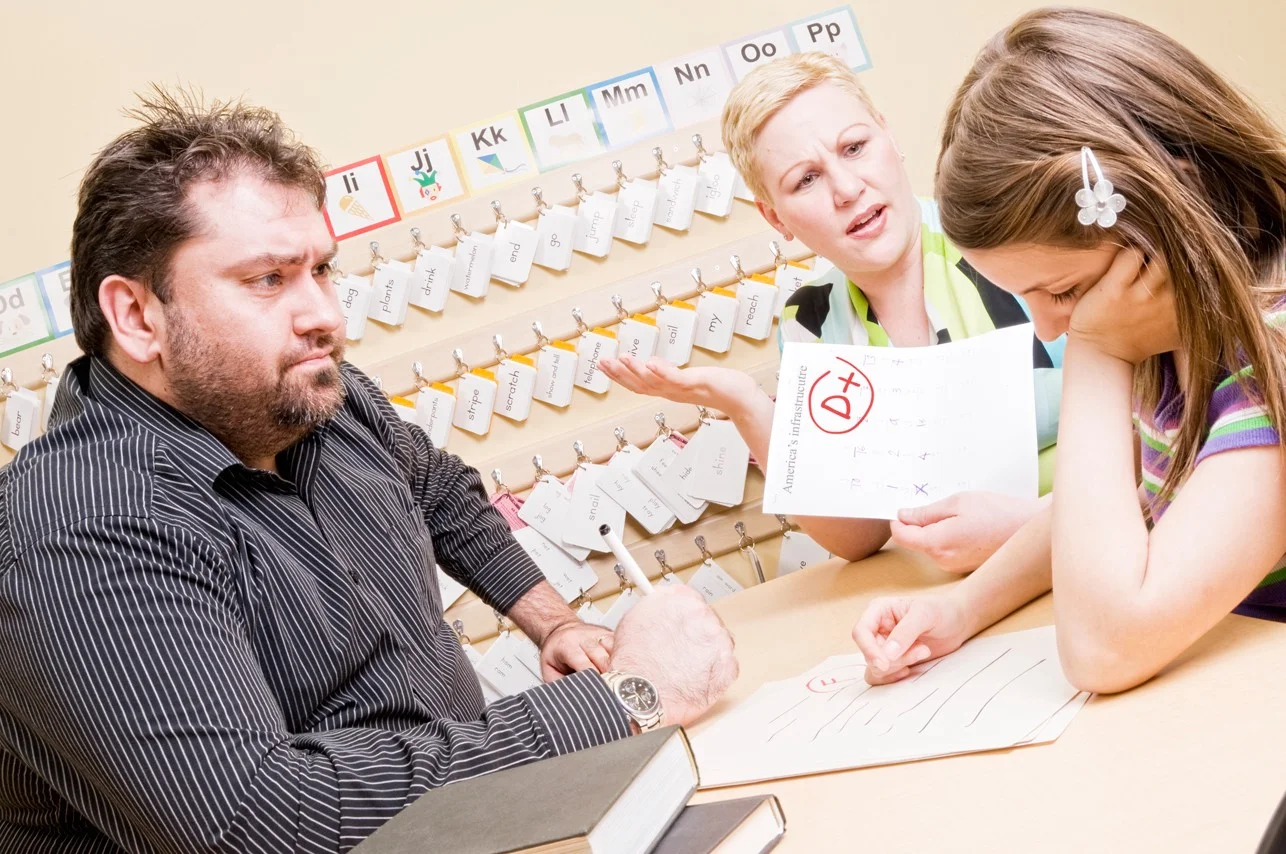Some kids learn social behaviors and just fit in and get along with others. And other children really struggle. And here is the paradox if a child does not play well with others then they are invited to play less and then they do not get the crucial opportunity to practice their social skills.
My Child Can’t Make Friends & Keep Them - What is Wrong With Her?
How Can I Get Through To My Kid That He Has To Stop Arguing With His Teachers So Much
Managing Your Love/Hate Relationship With Your ADHD Child
Should I Ban My Teen From Seeing “Bad” Friends?
5 Signs Your Child Is The Classroom Bully
Maybe, in the past, you've gotten a phone call from your child's school. Your son has pushed another kid's face into some pasta at lunch. He has been reprimanded and is in trouble again. Or you saw your daughter be snarky to other girls at a classmate's birthday party and heard her say snide things, like "We can see you are a genius" or "I'm trying to picture you with a personality" to other kids.
Pause Saves The Day!
The PAUSE button has worked for many ADHD children, including Lucy. It is such a powerful tool that I couldn’t help sharing it with you on my blog today. PAUSE encourages children to STOP irregular behavior and access the prefrontal cortex, allowing them to utilize their logical thought processes before acting.
Managing My Reactions as a Parent
Raising the Consistently Inconsistent Kid
One way you can identify your child’s lagging skills is by asking yourself the following question: “What is getting in the way of my child’s success?” Start by trying to figure out what the overall reasons are for your child’s inconsistency. Some kids freak out about timed events or tests. Some can’t handle peer pressure. Some don’t understand social boundaries. Some don’t know what to do when they make a mistake, and they fall apart and blow the rest of the race, recital, test, etc.
There is Always a Label
People resist diagnoses and labels, but sometimes we need to reframe our thoughts. If the label says that the kid is not willfully being difficult, that he is doing his best but that he cannot boss his body. Then isn’t that a better way to think of someone than to think of them as difficult or challenging?
How to Motivate Kids Academically with WIFM (What’s in it for Them)
If you have a unique child who is unmotivated academically, consider using the WIFM strategy. Try to figure out what motivates your child. Your child’s motivator doesn’t have to be something that you think is an “acceptable” motivator. What comes up in my sessions all the time is that kids are motivated; they just aren’t motivated by what their parents want them to motivated by.
Everyone is Working on Something
If you are the parent of one of these unique kids, the negativity is probably starting to get to you. These criticisms may be making you feel stressed, frustrated, or even ashamed by your child’s behavior. Even though, deep down, you understand that change and growth takes time, you wish you could do something that would make your child “fit in” now so you didn’t have to watch your child struggle with the pain of being different.
We May Have Eliminated “Last Picked” But Not “Picked On”
Kids are still going to be picked on at school and we should not underestimate the power of that dread. As we are well into the school year, many kids are falling victim to the class bully. Others may be suffering from being left out of the “in” crowd, silently scolded for being different simply by the fact that they are on the periphery and are not welcomed into a group.
The White Noise Experience: An Answer to Getting Work Done
I had seen this phenomenon work for some of my other ADHD clients as well. White noise helped them focus when nothing else worked. When I was prepping to talk about this subject on Attention Talk Radio, my co-host, Jeff Copper, said, “Oh yeah. That works for me too. I call it the white noise experience.” Now, I use Copper’s term to describe this tool I have used with my kids consistently over the last decade.
As Parents Are We Doing Enough?
The Little Red Table
I dreaded reading time. By the second grade, I had a problem: I was in the slowest reading group. Each reading group sat at a colored table. These primary colors were like banners announcing each student’s reading level. Blue was for the best readers. Yellow was for mid-level readers. And red was for the slowest readers.
A Castle with Walls Too Thick to Penetrate
Avoidance is a sign. Not a sign that the child does not care. Or a sign that he lacks motivation, is resistant, or is just uninterested in having friends, but a sign that he does not know how to break down the barriers so he can participate, or “join in”. Without a roadmap or help with his social plan, children and teenagers often shut down.
Birthday Parties, the Cafeteria, and Other Social Obstacles
Madame Ruggles
Kids will have so many different teachers throughout their young academic years – all with different teaching styles, different ways they relate to each child, some in their first years of teaching, some growing close to retirement, some good, and some bad. But we’ve all heard the stories about the one teacher that made a difference, and they may not have even known it.
Your Child Isn’t Defiant — His Skills Are Lagging
“If he could, he would.” Children with ADHD don’t always act rudely or awkwardly on purpose — sometimes, they simply lack the executive function skills to keep up with confusing social norms and fast-paced conversations. Here’s how parents can reframe these social challenges and better bolster weak skills.



















